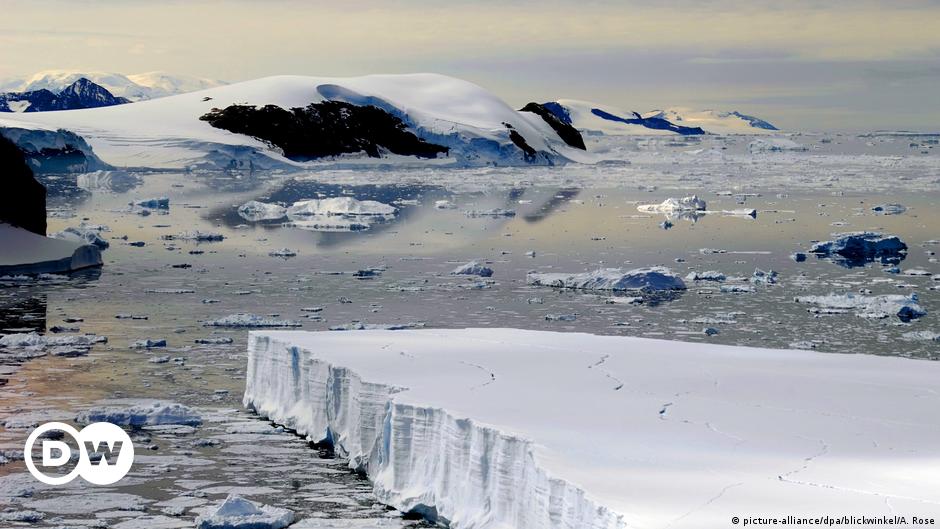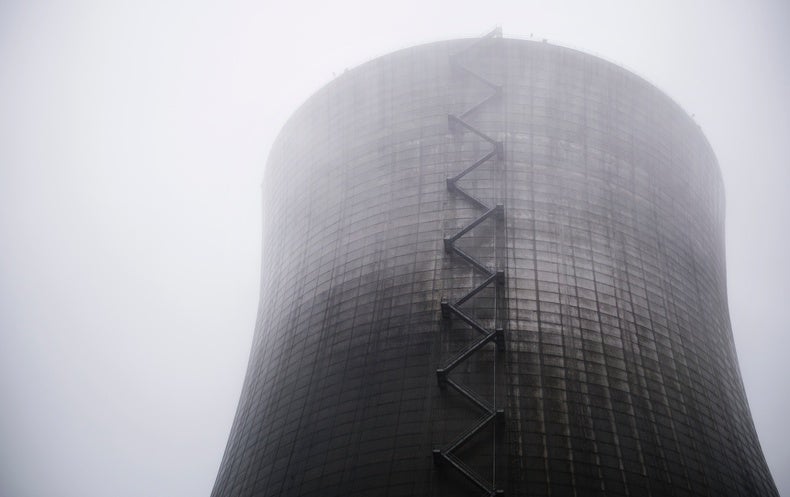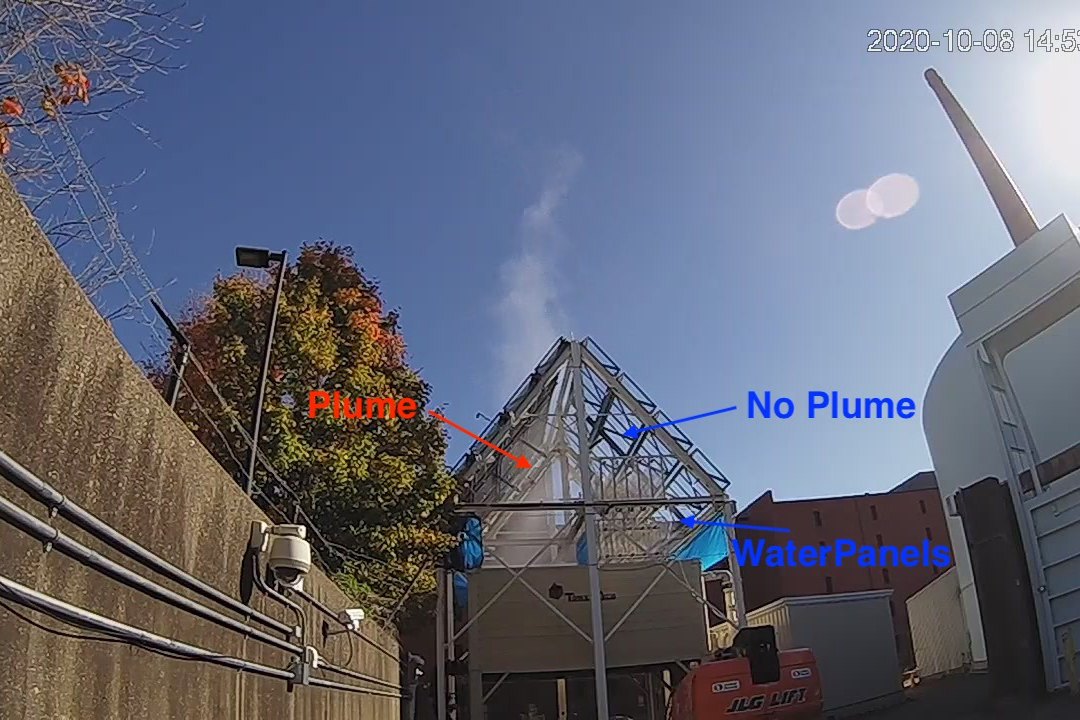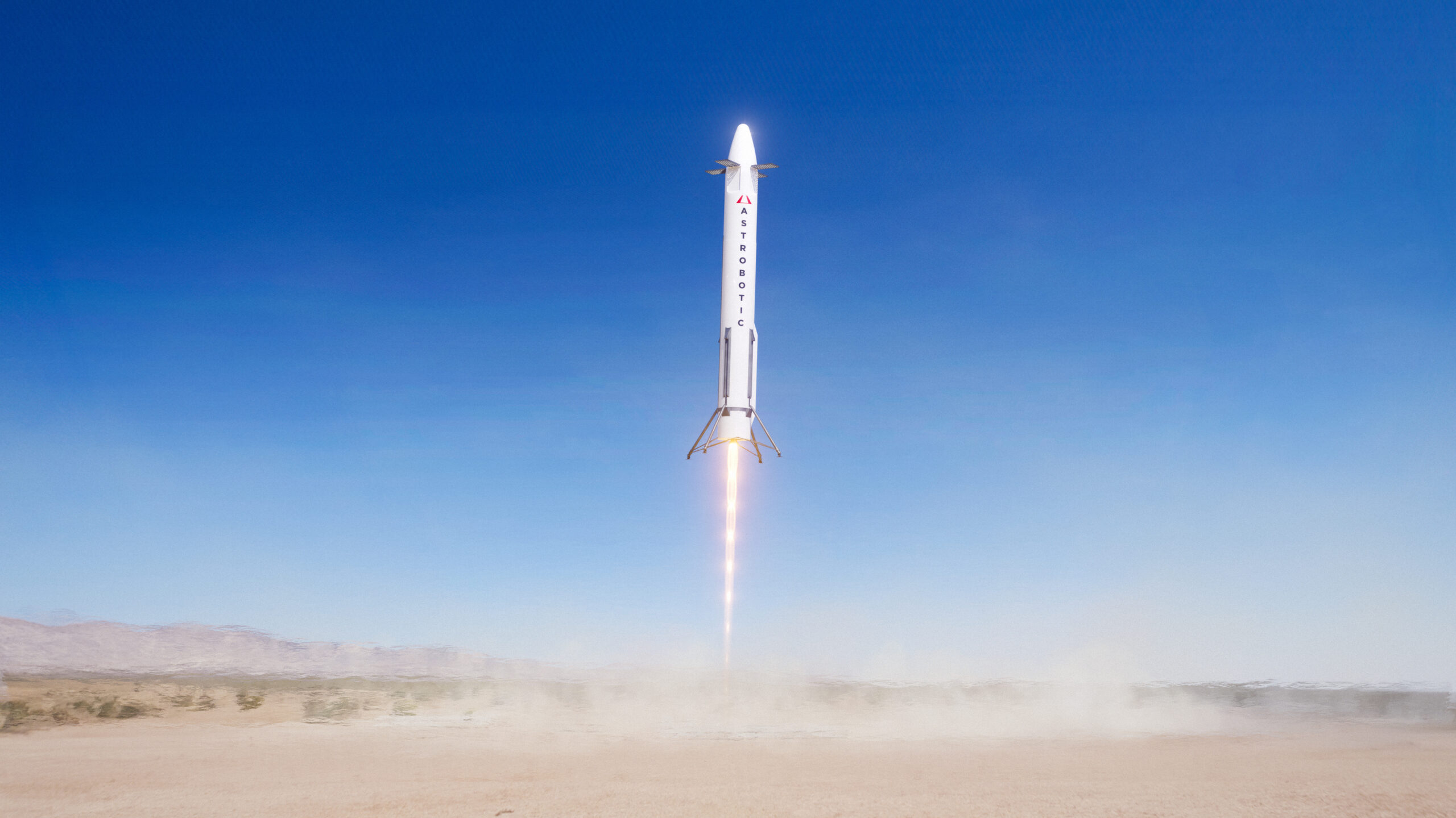Nuclear Power at McMurdo Station, Antarctica
During the 1960s and early 1970s, McMurdo Staion, the largest research base in the Antarctic, was powered by a medium-sized, portable nuclear reactor. [1] The extreme temperatures in Antarctica necessitated large amounts of fuel oil to maintain operations, making the prospect of nuclear power, an attractive alternative. [1] During its 10 year lifetime, the nuclear power station produced over 78 million kilowatt hours of electricity and produced 13 million gallons of fresh water using the excess steam in a desalination plant. [1] Though this device reduced the necessity for fuel imports, it was plagued with problems which ultimately forced its early retirement in 1972. The cost associated with nuclear power in the Antarctic made it impractical, and diesel-electric generators have since powered the base. [1] The PM-3A nuclear reactor that powered McMurdo Station stands as the only nuclear power station to operate on the Antarctic continent.
The ice-free southern tip of the Hut Point Peninsula on Ross Island in Antarctica has a history of over 100 years of exploration and scientific history and is the site of the present day McMurdo Station. [2] This site is located just 729 nautical miles from the South Pole and is where Robert F. Scott staged the first expedition to the South Pole in 1902. [2] The United States established a permanent base at this site beginning in December 1955 as part of Operation Deep Freeze I. [2] Known as Naval Air Facility McMurdo, this site was to serve as a sea port and logistics base from which to build and support a research facility at the geographic South Pole. [2] The name McMurdo was chosen to honour a lieutenant on the British ship HMS Terror that discovered Ross Island on an Antarctic expedition in 1841. [2] In 1958, the site was renamed to McMurdo Station and has since maintained the ability to support a population of over 1200 people. [2] McMurdo Station serves as the hub for activity in the Antarctic and is currently operated by the United States Antarctic Program (USAP), a division of the Nation Science Foundation (NSF). [2]






















